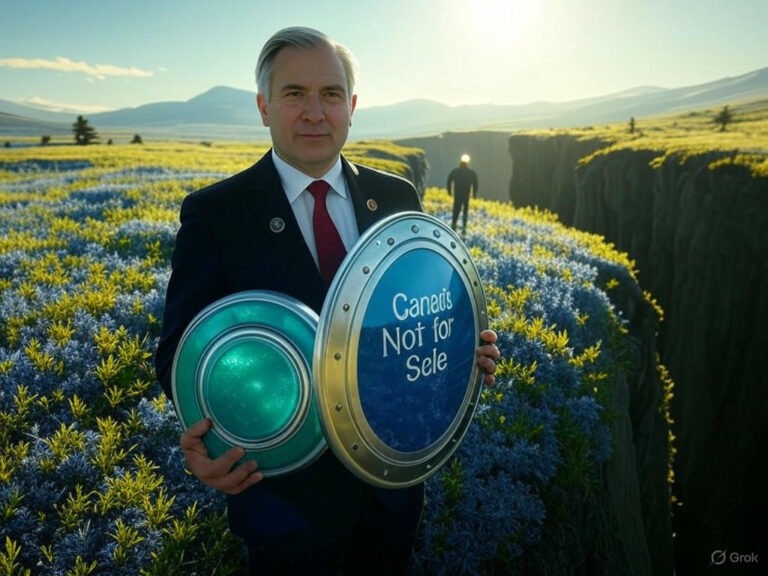
Australian Film Industry Threatened by Trump’s Tariff Proposals
Introduction to the Threat
The Australian film industry, often celebrated as “Hollywood Down Under,” is now grappling with a major crisis triggered by US President Donald Trump’s plan to slap a 100% tariff on foreign-produced films. This sudden proposal has rattled producers, actors, and crew members across the country, potentially jeopardizing the sector’s hard-earned international reputation and economic contributions. Imagine the buzz on set for films like ‘The Fall Guy’—now, that vibrant energy faces an uncertain future as trade barriers loom large.
Why Trump Is Eyeing Tariffs on Foreign Films
At the heart of Trump’s aggressive stance is his belief that the US film sector is losing ground to enticing incentives offered abroad, leading American studios to pack up and head overseas. He’s framing this as a protective measure to revive what he calls the “golden age of Hollywood,” arguing it’s time to keep jobs and creativity stateside. For the Australian film industry, this means direct competition from enhanced US policies could erode the appeal of filming Down Under.
- Key driver: Addressing what Trump sees as unfair foreign incentives that lure productions away.
- A push for protectionism that might spark a renaissance in American filmmaking.
- Reactions from industry insiders suggest this could escalate into a broader trade war affecting global storytelling.
Have you ever wondered how a single policy shift could ripple through an entire creative ecosystem? That’s exactly what’s at stake here, with potential fallout extending far beyond borders.
Challenges Facing the Australian Film Industry
Australia’s screen sector has flourished thanks to generous rebates and offsets, drawing in blockbusters that boost local economies and showcase talent. Films such as ‘Kingdom of the Planet of the Apes’ and ‘Thor: Ragnarok’ highlight how these incentives have made Australia a go-to destination. But Trump’s tariffs could flip the script, making it tougher for US studios to justify the move.
Potential Consequences of New Tariffs
- These tariffs might neutralize Australia’s 30% location offset, discouraging high-profile projects and slashing associated investments.
- Thousands of jobs in cinematography, set design, and post-production could hang in the balance, with smaller communities feeling the pinch first.
- Emerging studios, like those in development in South West Sydney, risk stalling amid this uncertainty, as investors pull back.
- Freelancers and indie filmmakers, who rely on international gigs, might face income instability, echoing past disruptions in other sectors.
What’s the real impact on everyday creatives? Consider a young editor in Melbourne who counts on US co-productions for steady work—tariffs could turn that reliable income into a gamble.
Industry Reaction and Adaptation
Groups like Screen Producers Australia (SPA) have labeled this a “bombshell,” with CEO Matthew Deaner calling for immediate strategies to fortify the Australian film industry against such shocks. Conferences are buzzing with talks on diversification and new markets, turning crisis into a catalyst for innovation. It’s a reminder that resilience isn’t just about surviving; it’s about evolving smarter.
Australian Government and Regional Pushback
In response, Home Affairs Minister Tony Burke has vowed staunch support for the nation’s screen workers, promising coordinated efforts with bodies like Screen Australia to counter the tariffs. This isn’t isolated—New Zealand’s Prime Minister Christopher Luxon has echoed similar commitments, underscoring the shared vulnerabilities in the region. For the Australian film industry, this governmental backing could be the buffer needed to navigate turbulent waters.
Ever thought about how international alliances shape local industries? Here, it’s playing out in real time, with officials working overtime to protect cross-border partnerships.
Comparing Incentive Structures: Australia and the USA
To grasp the stakes, let’s compare the incentive frameworks that have propelled the Australian film industry forward against those in the US.
| Feature | Australia | USA |
|---|---|---|
| Location Offset | 30% of qualifying expenditure, a straightforward boost | Varies by state (10-30%), often more complex to access |
| Post-Production Rebates | Up to 30%, encouraging digital innovation | Lower and inconsistent, depending on location |
| State-Level Incentives | Up to 10% extra, layered for maximum appeal | Highly competitive but fragmented across states |
| Tariff Implications | Directly threatened, risking global competitiveness | Potential for internal growth, at others’ expense |
This table shows why Australia has been a magnet for productions, but Trump’s moves could level the playing field in ways that favor the US.
Risks and Uncertainties Ahead
While details on the tariffs remain fuzzy, the ambiguity alone is causing ripples in the Australian film industry, from delayed projects to cautious investments. Experts warn that removing offshore incentives could hinder infrastructure development and stifle emerging talent. It’s a high-stakes game where every decision counts.
Broader Economic and Cultural Ramifications
- Reduced global collaborations might limit story diversity and cultural exchange.
- Losing US market access could hit Australian co-productions hard, affecting everything from funding to festivals.
- A chilling effect on innovation might emerge, as creators pull back from bold ideas amid economic pressures.
How can filmmakers adapt? Perhaps by exploring untapped markets or doubling down on local narratives that resonate worldwide.
Future of the Australian Film Industry
As the sector awaits more clarity on Trump’s proposals, stakeholders are rallying to build contingency plans that keep the Australian film industry thriving. Events like the SCREEN FOREVER conference offer vital forums for sharing strategies and fostering unity. This could be a turning point, pushing the industry toward greater self-reliance and innovation.
For anyone in the field, consider actionable steps like upskilling in digital tools or seeking diverse funding sources to weather potential storms. What strategies have worked for you in past challenges?
Navigating an Uncertain Future
In wrapping up, the threat of US tariffs underscores the vulnerabilities in the Australian film industry, yet it also highlights its strengths—ingenuity, community, and adaptability. Government advocacy and industry resilience will be key as new details unfold. Let’s not forget that stories have a way of persisting, no matter the obstacles.
If you’re passionate about film, I’d love to hear your thoughts: How might this affect your favorite Aussie productions? Share your insights in the comments, explore more on our site, or spread the word to keep the conversation going.
References
- Screen Daily. “International industry reacts to bombshell threat of Trump tariffs on films produced outside the US.” Link
- SBS News. “Donald Trump’s 100 per cent movie tariffs would send shockwaves in Australia’s industry.” Link
- News.com.au. “Donald Trump places 100pc tariff on foreign film industries in bid to revive golden age of Hollywood.” Link
- Economic Times. “Australia and New Zealand pledge support for film industries after Trump proposes tariffs.” Link
Australian film industry, Trump tariffs, foreign film tariffs, Screen Producers Australia, Hollywood Down Under, film industry threats, US tariffs impact, Australian screen sector, global film trade, creative industry resilience






